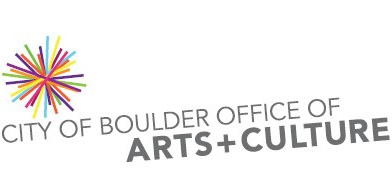Documentation of 501(c)3 status
If the grant being applied for requires that the applicant be an organization with 501(c)3 nonprofit status, formal IRS documentation of this status or a pending application with the IRS must be supplied. See samples of these types of documents. An alternate course, if not a 501(c)3, is to apply through a Boulder-based fiscal sponsor. See details on this process.
Venue Confirmation letter(s)
Letters of confirmation from each and every venue mentioned in your grant proposal (Item #6 on the Project Information page of the application) must accompany the application whether for rehearsal or performance or any other aspect. The letters must include dates and fees (even if the space is being donated free of charge, in which case the value of the donation should be acknowledged), and should come on letterhead from the venue, signed by the manager or owner. See sample venue confirmation text. Business contracts with all of this information can be accepted instead of a letter. Email correspondence is not acceptable. If the applicant owns or operates a venue in question, that should be stated clearly.
Collaborator Commitment letter(s)
Letters of commitment from each and every collaborator mentioned in your grant proposal (Item #7 on the Project Information page of the application) must accompany the application. Collaborators are considered to be those taking an active role in producing or performing, not those who are providing funds or in-kind services. The letters must include reference to the applicant, project and project date(s), and must simply detail what the collaborator is doing or providing. The letter should come on appropriate letterhead from the collaborator and be signed by the individual or the head of the organization. See sample collaborator commitment text. Email correspondence is not acceptable.
The Arts & Economic Prosperity IV Calculator
The Arts & Economic Prosperity IV Calculator is a free and simple tool that makes it possible for you to estimate the economic impact of your nonprofit arts and culture organization—or even your entire nonprofit arts community. These estimates are based on research findings from the 182 study regions that were part of Arts & Economic Prosperity IV, Americans for the Arts’ national economic impact study of nonprofit arts and culture organizations and their audiences. Use the calculator.
